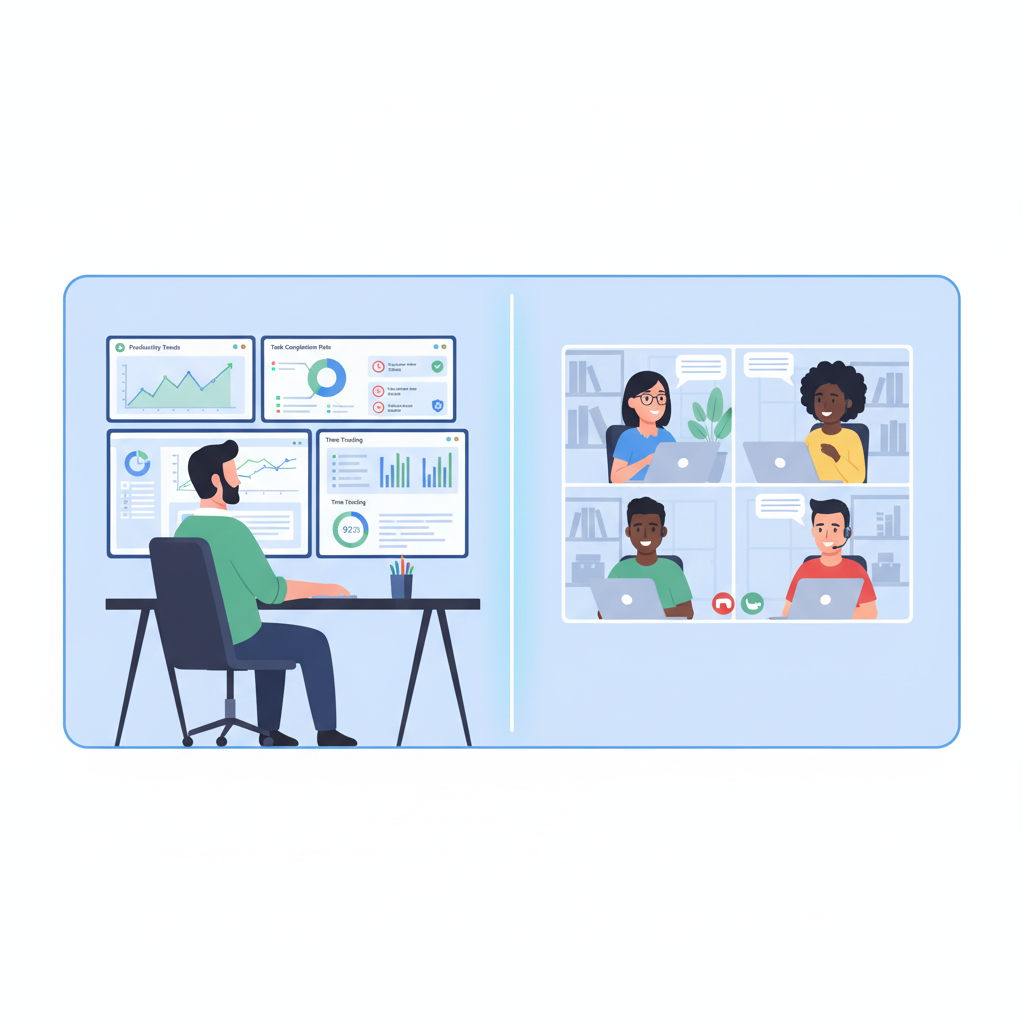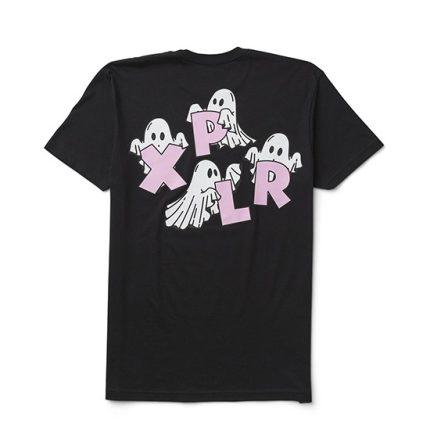Can Work Monitoring Software Replace Good Management?

Imagine this: A manager named Sarah wanted her remote team to stay productive. So, she installed work monitoring software. It tracked everything—keystrokes, websites visited, even screen time. But after a few weeks, her team became quiet, less motivated, and even started quitting. Sarah had the data, but she lost something more important—her team’s trust.
This story makes us ask an important question: Can software really replace good leadership? In today’s digital world, more companies use tools to track employees. But does this mean managers are less important?
Let’s explore what work monitoring software is, how it's being used, and why balance between software and human leadership is the real key to success.
What Is Work Monitoring Software?
Work monitoring software is a tool that tracks what employees do during their work hours. It checks things like:
-
Time spent on tasks
-
Websites visited
-
Emails sent
-
Keystrokes typed
-
Apps being used
Some popular examples are Time Doctor, Hubstaff, and Teramind. These tools collect data, create reports, and help managers see how their teams work.
There are two common types:
-
Productivity Trackers – Focus on how much work is done.
-
AI-Driven Analytics – Use artificial intelligence to find patterns and suggest improvements.
📊 Did you know? According to Gartner, by 2025, 80% of large companies will use some form of employee monitoring.
Rise in Use After Remote Work Boom
Before 2020, most people worked in offices. Managers could walk by desks and check on teams. But when the pandemic hit, remote work became the norm. Suddenly, companies had no idea what their employees were doing all day.
That’s when software like Time Doctor and Hubstaff became very popular. Managers needed a way to measure performance from a distance.
👩💻 One tech company reported a 20% drop in productivity during lockdowns when there was no oversight. After using a monitoring tool, they saw improvement within weeks.
The Case for Work Monitoring Software as a Management Tool
Many companies now see software as a helpful management tool. It doesn’t just watch—it supports smart decisions.
Benefits of Work Monitoring Software:
-
Spots problems early – Like if someone is stuck or wasting time
-
Helps set clear goals – Based on real data
-
Reduces micromanagement – Managers don’t have to ask constantly
📈 A Harvard Business Review study showed that teams with monitoring tools had 15% higher output than those without.
🗣️ “Software provides facts, freeing managers for real guidance,” says productivity coach Jane Smith.
Boosting Accountability and Efficiency
Monitoring tools help people stay focused and improve performance:
-
🕐 Flags idle time – Managers can offer help faster
-
🎯 Creates smart targets – Based on each person’s real work
-
🧭 Gives freedom – Managers trust the software, so they don’t hover
Real-World Success Stories
Take XYZ Corp, a growing sales company. They introduced a voluntary tracking system. Within 3 months, they:
-
Cut wasted time by 30%
-
Set better weekly goals
-
Closed record-breaking deals
💡 Tip: Start with voluntary tracking. Let employees try it and give feedback. This builds trust and support.
Limits of Software in Replacing Human Management
Even with all its benefits, software has limits. It can’t do everything a good manager can.
😟 A 2024 SHRM survey found that 70% of employees feel stressed when they’re constantly monitored.
Emotional and Motivational Gaps:
-
🚩 Can’t see burnout – People might be working long hours in silence
-
🫤 Misses low morale – Team spirit can drop without anyone noticing
-
🎨 Doesn’t inspire creativity – Numbers don’t motivate like people do
📉 One call center used full surveillance. Within months, employee turnover went up. But when they switched to coaching and feedback, quits dropped by 40%.
Privacy Concerns and Employee Backlash
When people feel watched all the time, they may feel nervous or untrusted.
🔐 There's also a risk of data leaks or misuse of personal information.
⚠️ “Trust breaks faster than code,” warns HR expert Mike Johnson.
💬 To avoid problems, companies should:
-
Tell employees what is tracked
-
Set clear rules for data use
-
Be transparent about goals
✅ This builds a safer and more respectful workplace.
When Software and Management Work Best Together
So, what’s the best way forward?
👉 A hybrid approach works best—let software give the data, and let managers give the human touch.
📊 A Deloitte study showed that companies using both tools and strong leadership had 25% better employee retention.
Building a Balanced System:
-
🧠 Train managers to read reports, not just react to them
-
🤝 Hold check-ins to talk about goals, not just numbers
-
📣 Ask for feedback to improve the system over time
Case Study: Buffer
Buffer, a tech company, uses gentle tracking combined with weekly one-on-one meetings. They focus on trust and growth.
As a result, their employee satisfaction scores reached 90%—a very high number in today’s job market.
Actionable Steps to Integrate Effectively
If you’re thinking about using monitoring software in your company, here are a few simple steps to do it right:
-
✅ Audit your current tools – Are they helping or hurting?
-
🔒 Set boundaries – Don’t track personal data or break trust
-
📊 Use surveys – Ask your team how they feel, not just what they do
-
🧭 Keep the focus on improvement, not punishment
Conclusion
Monitoring software can support managers, but it can’t replace them. After all, software can see what people do, but only leaders can understand why they do it.
A great workplace needs both: data and empathy, tools and trust.
👉 Take a moment today and ask:
Is your team being led by numbers—or by people who truly care?
🔍 Challenge for managers:
Review your current system. Can you combine software and human connection to build a stronger, happier team?




